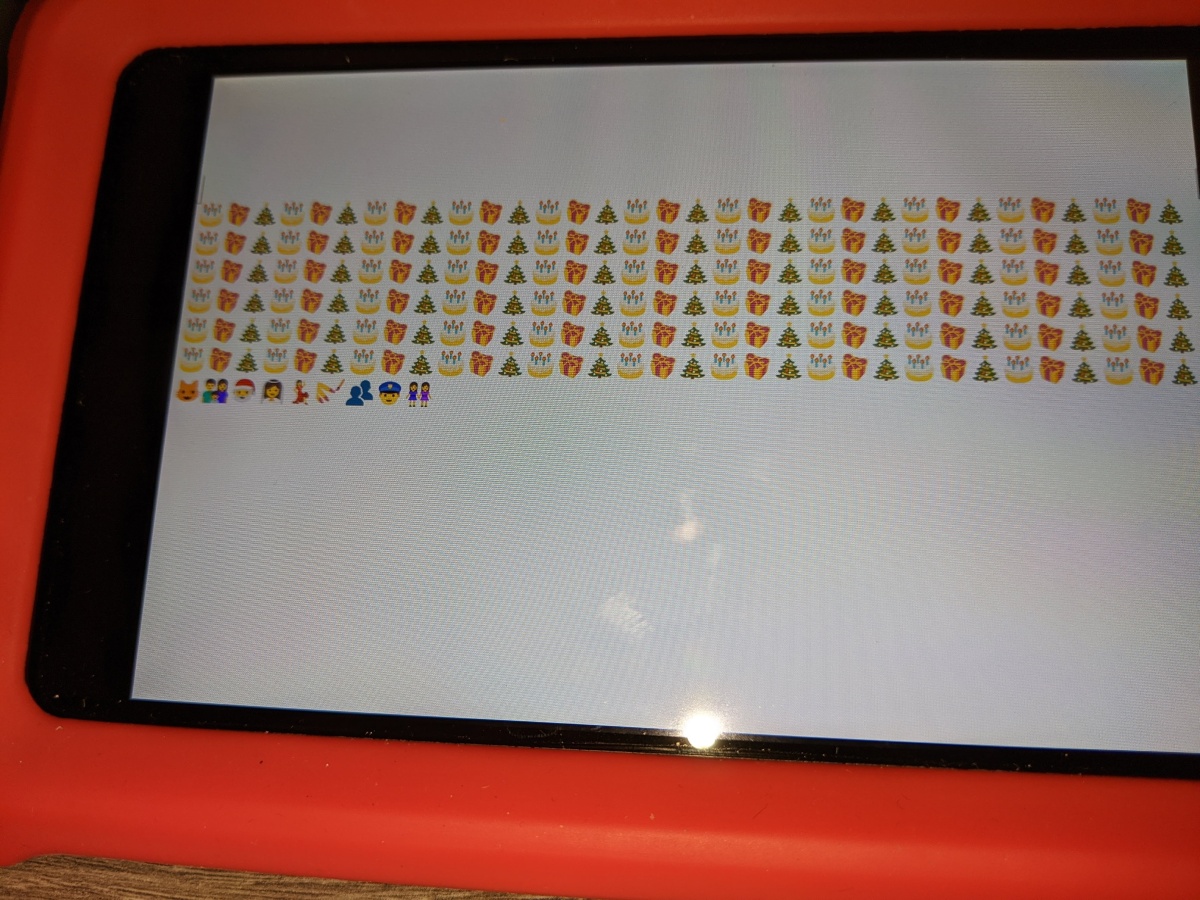Scott Hanselmann had some thoughts on Gen Z and their knowledge of technology – is their knowledge less advanced than the previous generations?
It depends what you mean by technology.
I get that understanding files and folders are useful right now for understanding software and that part of our job is to teach that. But are they dying out?
My dad, as a Chartered Electrical Engineer, was a dab hand at valves, capacitors and a bunch of electronic circuitry which has mostly been made obsolete by embedded systems using old CPU designs and lots of C. It’s not just that there’s missing levels of abstraction, that layer doesn’t work like that anymore.
And in the web and big data era, I’m not sure we can say the underlying structure consists of folders and C drives. Web pages, social media, political movements, note-taking apps, presentations and APIs are built on relationships and multiple facets, not hierarchy and The One True Way. I loved delicious and GMail. Despite growing up on DOS, and later Windows and Linux, tags always made more sense to me than folders (heck, I even built a proof-of-concept of a tag-driven file system based on how I used delicious).
And as all the major languages embrace more functional composition over object hierarchy, will the structure of code itself follow? Look at how we’re starting to compose web applications, there are hierarchies of visual components, but the new ECMAScript is modular, and uses URLs instead of hierarchies to organise code. Microservices are loosely coupled and have no concept of hierarchy between them.
Well-architected systems these days have service buses, temporary storage, network queues, and caches. There’s an asynchronous, distributed world that all the code lives in. That’s a very different technology to what I grew up with and started developing in. But it’s very similar to a world where kids communicate primarily by text, 1:1 or in group chats, where people post on social media and don’t know who sees it, where live streams become YouTube videos, where Slack, Discord and others make chat searchable and allow people to catch up in their own time. Where people have to track multiple channels asynchronously to keep up to date with their friends.
The generation of developers who will build the next serverless and distributed applications, the fediverse generation, the XR voyagers, and the web3 generation – whether or not web3 itself becomes the next big thing, may find that those who think in terms of folders and hierarchies are limited in their ability to grok the systems required. Moderation in a hierarchy has failed multiple times. Twitter’s latest problems are not the only example. Amazon famously prefers small autonomous technical teams instead of big central planning. Google tried to get rid of managers, until they realised managers have a role beyond supporting the hierarchy.
Yes, Gen Z have limited knowledge of some of the foundations of the technology we use today, but that’s just because those abstractions aren’t useful anymore. I’m sure some will embrace those abstractions, just as some embrace chiptunes and C64 restorations. But the foundations of yesterday’s technology will seem as archaic as valves or punched cards to whoever the next tech billionaire is.
Are we going to be the dinosaurs, as the next wave takes over? We’re the generation who let go of memory management, semantic line numbers, and significant whitespace. They may well let go of hierarchies, disconnected machines, and object-oriented thinking.
The future is here, it’s distributed, it’s asynchronous, and it’s theirs.











 in the attic.
in the attic.